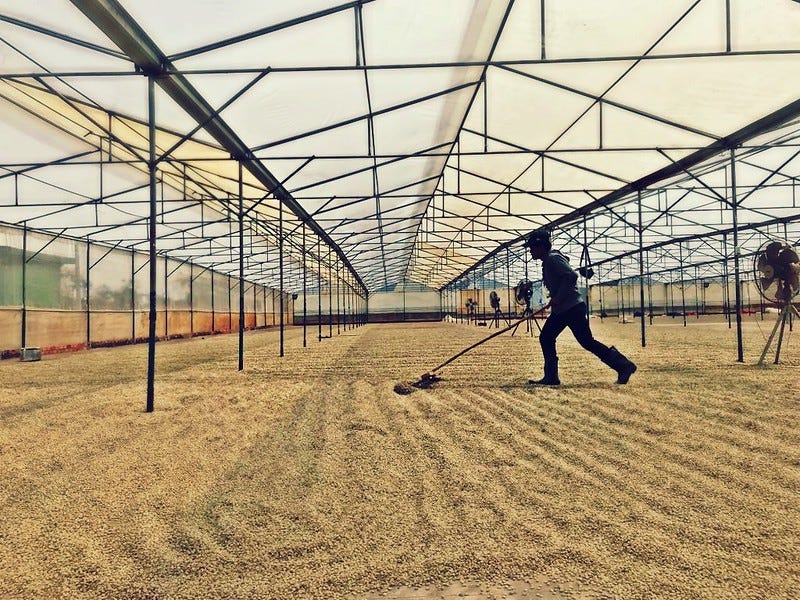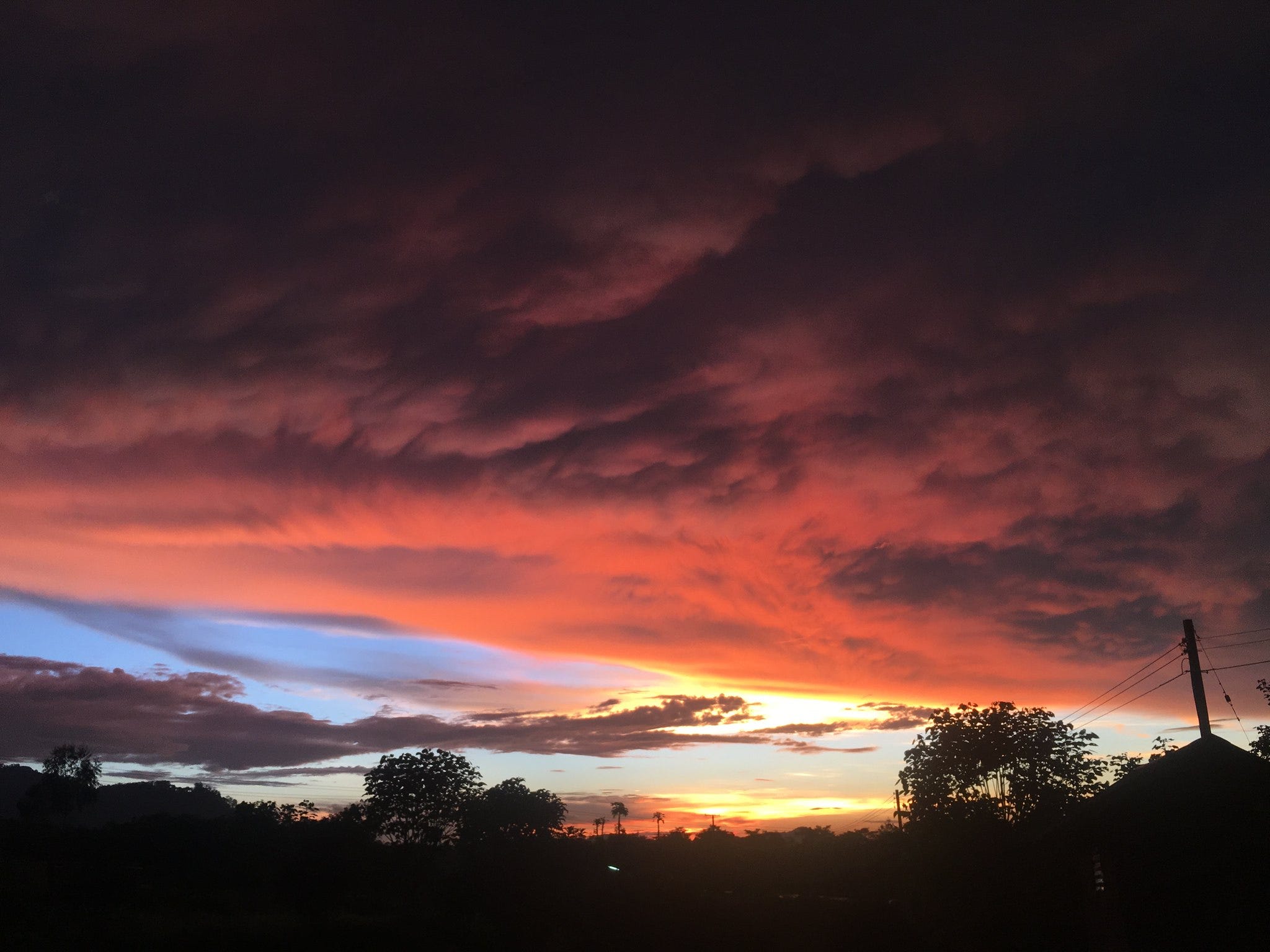Also of Interest
Laos Naga - Washed Bourbon
Log in to view price
| Bag Weight | 60 KG BAG |
|---|---|
| Harvest Season | 2024/25 |
| Status | ETA May 2025 |
| Lot Number | P613519-1 |
About This Coffee


History of Coffee in Laos
At the beginning of the 20th century, the Yahern people (also: Nyaheun) came down from the Annamite mountains, which define the eastern edge of Bolaven Plateau and the border with Vietnam, to discover they were citizens of something called the Kingdom of Champasak. They were granted land by the royal family and for 120 years they farmed this land, including coffee, which was introduced to northern Laos by the French in 1915. Coffee production moved to the Plateau, where the altitude and climate are ideal, in the 1920’s. Today, villages like Nongluang, Lassasin, and Xenamnoi are part of a network of seven villages that make up the Xekatham Estate from which Olam chooses the finest coffees grown in the region. Over the last two decades, the government has promoted the transition of Laos coffee from Robusta, which was planted in the 1950’s in response to diseases like rust, to Arabica.


Growing Coffee in Laos
On the Bolaven Plateau at the southern tip of Laos, where 95% of Laotian coffee is grown, altitudes reach 1,350 masl, with significant potential for expanding specialty coffee production. The Bolaven Plateau is made of rich volcanic soils that contribute to a wealth of vegetation. Numerous rivers and creeks of every size cross the plateau heading west and eventually to the Mekong river, which marks the western edge of the plateau. The French discovered the value of the Bolaven Plateau 100 years ago when they first planted coffee, rubber, bananas, and other cash crops in the region. Agriculture, like the native vegetation, thrives on the plateau and it is classic coffee land, cool weather tropics with abundant rainfall and volcanic soil. Coffee has begun to attract new young farmers and Olam is actively engaged in educating smallholders in all aspects of quality processing. Hand cranked pulpers are becoming more common so smallholders can make more money by selling parchment rather than cherry.
- Region Bolaven Plateau
- Producer Type Small Holder Farmers
- Processing Washed
- Bag Type Grain Pro / Ecotact
- Plant Species Arabica
- Variety Bourbon
- Min Growing Altitude 800m
- Max Growing Altitude 1350m
- Screen Size 14 Up
- On Sale No
- Top Lot No
- Status Afloat
- Coffee Grade LAO CA WA G1
- CTRM Contract Number P613519-1
- Country of Origin Laos
- Warehouse The Annex CA





